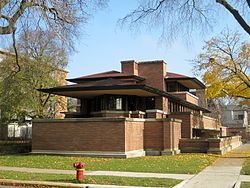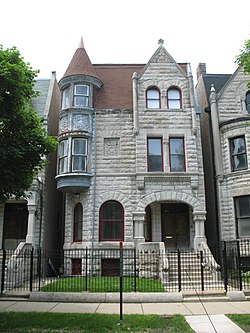

















There were 178 official neighborhoods in 1993 in Chicago, [1] although the current list contains more than 240 due to the ever changing complexities of the cities neighborhoods names and identities that evolve due to real estate development and changing culture. [2] Chicago is also divided into 77 community areas which were drawn by University of Chicago researchers in the late 1920s to track demographics. [3] Chicago's community areas are well-defined, generally contain multiple neighborhoods, and depending on the neighborhood, less commonly used by residents. [2] [4]

